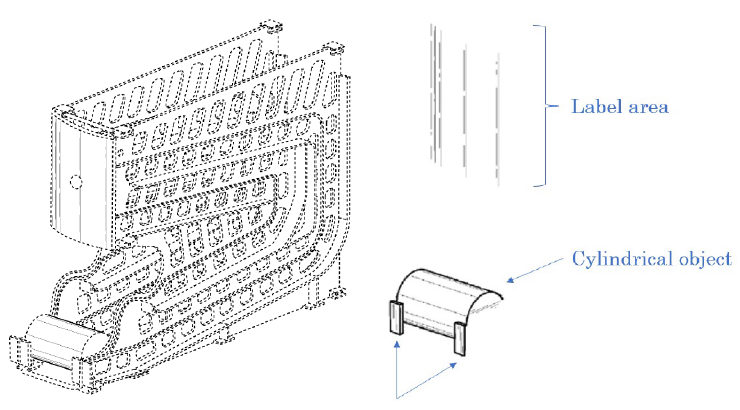Campbell Soup Co. petitioned for inter partes review (IPR) of Gamon Plus, Inc.’s design patents D612,646 and D621,645. The Patent Trial and Appeal Board (Board) instituted the IPR and determined that Campbell Soup did not establish unpatentability because it had not set forth a proper primary reference. Campbell Soup appealed, and the U.S. Court of Appeals for the Federal Circuit vacated and remanded the case to the Board. On remand, the Board again determined that Campbell Soup did not establish unpatentability. The Board found that the prior art has the same overall visual appearance as the claimed designs, but that it is outweighed by objective indicia of nonobviousness. In particular, the Board credited the commercial success, praise, and copying of the claimed commercial embodiment. The Board found both a presumption of nexus, and a nexus-in-fact, between the claimed designs and the patentee’s evidence of commercial success and praise.
Campbell Soup again appealed the final written decision to the Federal Circuit. This time, the court reversed the Board’s decision. The Federal Circuit found that substantial evidence did not support either the Board’s presumption of nexus or the Board’s finding of nexus-in-fact.
Regarding a presumption of nexus, the Federal Circuit explained that the presumption only applies if the product alleged to be a commercial embodiment of the claims is coextensive with the claimed invention. The Federal Circuit explained that the coextensive analysis is not limited to whether unclaimed features are ornamentally insignificant but considers whether there are functionally significant unclaimed product features (even if they not ornamentally significant). Presented on the left below is the sole figure of D612,646. On the right is an annotated image removing the unclaimed aspects and leaving only the claimed design.
Here, given the limited aspects of Gamon’s products covered by the design patent claims, the Federal Circuit found that Gamon’s product includes significant unclaimed functional elements. In such cases, the presumption does not apply. Thus, the Federal Circuit held that substantial evidence did not support the Board’s presumption of nexus.
Turning next to nexus-in-fact, the Federal Circuit stated that absent a presumption of nexus, nexus can nonetheless be shown if the objective indicia are the direct result of unique characteristics of the claimed invention (rather than a feature that was known in the prior art). The Federal Circuit stated that the Board only found four features that distinguished the claimed designs from the prior art. The Federal Circuit held that, in order to establish nexus, the patentee would have needed to present evidence that the objective indicia derived from those four “unique characteristics.” The Federal Circuit found that the patentee Gamon failed to do so, presenting instead evidence linking the objective indicia to aspects of the commercial product that were already present in the prior art. Thus, as with the presumption, the Federal Circuit held that substantial evidence did not support the Board’s finding of nexus-in-fact.
This article appeared in the Federal Circuit Appeals from the PTAB and ITC: Summaries of Key 2021 Decisions report.

Receive insights from the most respected practitioners of IP law, straight to your inbox.
Subscribe for Updates
